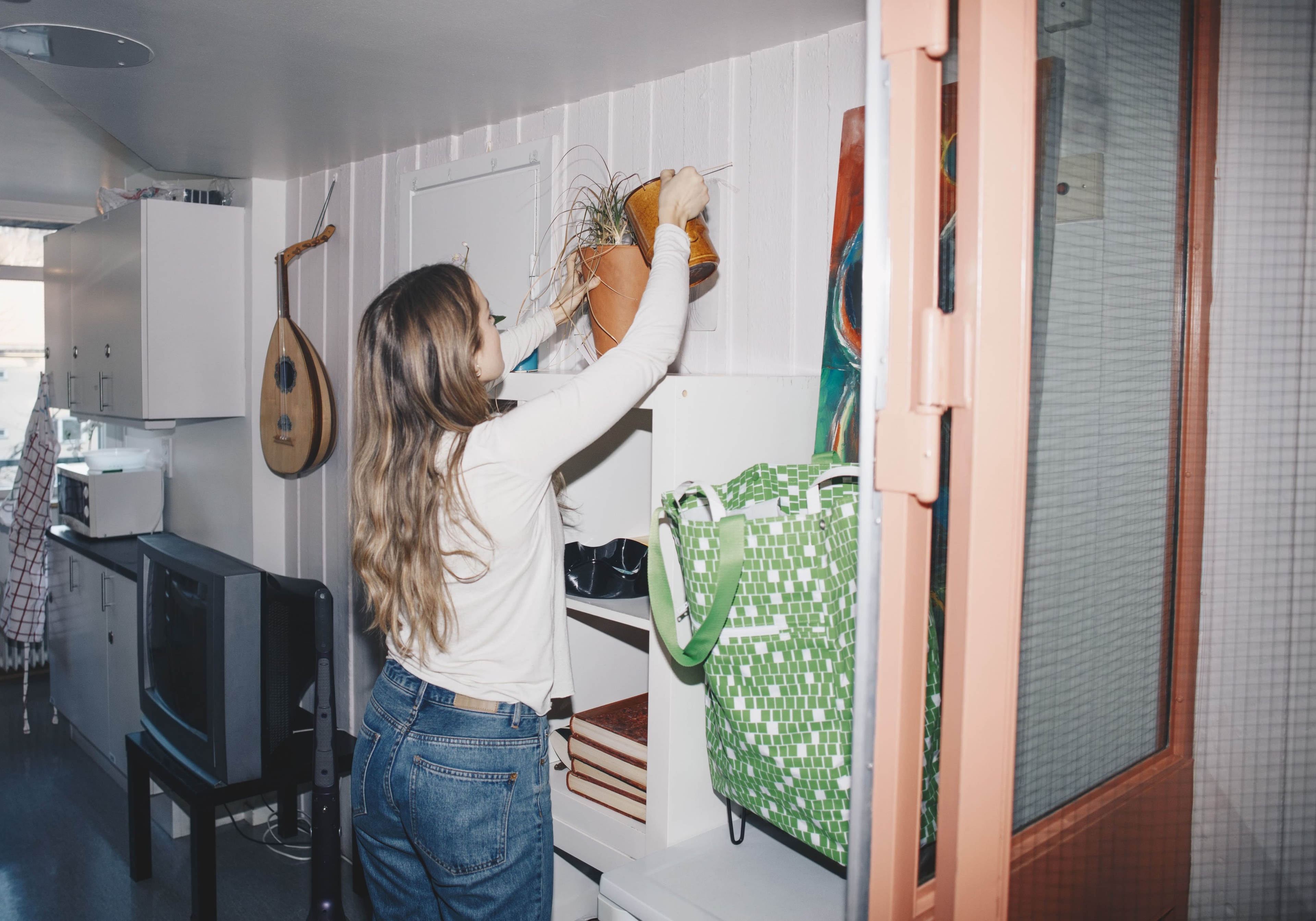Best Fertilizer for Indoor Plants
Jan 02, 2020
Houseplants provide us with pops of color, cleaner air and living décor that can satisfy our need for parental responsibility. The best indoor plants can even inspire us to be more creative, help with stress and make us happier 😊 so make sure to show some love back with the best indoor plant fertilizer.
Many houseplants are easy to grow and last for years with a little care. Some plants, such as peace lilies and ferns, are hard-working air purifiers that absorb up to 87% of volatile organic compounds (VOCs) that can be found in ordinary household items such as paints, carpets and ink.
Whether you’re a member of the brown thumb club or a crazy plant lady, there are keys for keeping plants happy and healthy – and in turn they’ll keep you happy and healthy too! And either way, finding the best indoor plant fertilizer will really help.
The place to start is figuring out if your houseplants are hungry, and then feeding them the right diet. Yes, plants have dietary needs too.

There’s a good chance your houseplants are hungry. 🍴
Oftentimes, your houseplant has already used up the nutrients in its potting soil when you’ve bought it. Good potting soil includes the right amounts of nitrogen, phosphorus, potassium and other nutrients your plant needs, but it doesn’t last forever. Once your plant has taken up all those nutrients, after about six months or so, the soil is no longer nutritious.
Is it time to feed them? Whether you’ve had your plants for a few months or a few years, if you haven’t given their soil a boost of fertilizer, you’ll want to get on that.
Different plants have different nutrient needs, so you’ll want to pick a fertilizer that gives just the right amount of nutrients for your specific plant. There are a few different varieties based on the type of plant; for example, orchids, succulents, and African violets have very different needs. But, an all-purpose houseplant fertilizer can be used to feed all of your plants if you aren’t ready to purchase a plant-specific fertilizer yet.
Always make sure to not use more fertilizer than directed, as it can burn roots, which can harm or kill your plant. Also, the frequency of feedings may vary from plant to plant or season to season, so you’ll want to know your specific plants’ needs.
Types of fertilizers
Liquid fertilizers for indoor plants, can be mixed right into a watering can to feed your plants, or you can also choose granular fertilizers or spikes that go directly into the soil. The trick is to mark on your calendar when you’re fertilizing and when you’ll need to feed again so you don’t forget or overfeed. You could also set a reminder on your phone, place a sticker on the pot with the date it was last fertilized or create a spreadsheet to help you remember your plants’ names, nutrient needs and feeding schedule. With just a little TLC, your houseplants will stay happy and healthy. 🌱






